
By Abayomi Azikiwe
Editor, Pan-African News Wire
Published Oct 14, 2011 10:45 PM
Rev. Fred Shuttlesworth, a leading figure in the Civil Rights movement, passed away on Oct. 5 in Cincinnati. He was 89. Shuttlesworth is one of the many unsung heroes in the struggle to break down legalized segregation in the South, where African Americans were subjected to slave-like conditions of social and economic deprivation and state-sanctioned terror for more then a century after the Civil War ended.
Shuttlesworth’s life and legacy are illustrated by the passage of laws that struck down racial barriers in the United States due to the organization and mobilization by the African-American people themselves. The struggles carried out by the National Association for the Advancement of Colored People, the Southern Christian Leadership Conference, the Student Nonviolent Coordinating Committee and Shuttlesworth’s Alabama Christian Movement for Human Rights led to congressional passage of the Civil Rights Act of 1964, the Voting Rights Act of 1965 and the Fair Housing Act of 1968.
Shuttlesworth was born on March 18, 1922, in Mt. Meigs, Ala. By 1940 he had graduated from Rosedale High School, a significant achievement for African Americans then in the Deep South. During World War II, he was a truck driver. He attained a bachelor’s degree at Selma University, a master’s degree, and then he became a Baptist minister.
In 1952 Shuttlesworth relocated to Birmingham, the most segregated major Southern city. It was known for police repression and mob violence against the African-American population. There, Black steelworkers and service sector workers were subjected to super-exploitation.
Shuttlesworth became Bethel Baptist Church’s pastor in North Birmingham in 1953. That year the mass Civil Rights movement first surfaced with a bus boycott against segregation in Baton Rouge, La.
The U.S. Supreme Court, after years of legal challenges, issued the historic Brown v. Board of Education in Topeka ruling, and in 1955 it declared that school desegregation should proceed “with all deliberate speed.” Nonetheless, it took another 15 years to get any real movement on school integration in the U.S. South and the North.
The Civil Rights struggle emerges in Alabama
In 1955, responding to the rising ferment, Shuttlesworth and 76 other ministers petitioned the Birmingham City Commission to hire African-American police officers. Their efforts were rejected.
The same year, African Americans throughout the country were shocked and angered by the brutal lynching of young Emmett Till in Mississippi.
The African-American community in Montgomery, led by the Montgomery Improvement Association, organized a citywide boycott of the segregated public transportation system, which began on Dec. 1, 1955. Dr. Martin Luther King Jr. emerged during this historic struggle to national prominence as a Civil Rights spokesperson.
In 1956 Shuttlesworth accompanied Autherine Lucy in her attempt to desegregate the University of Alabama. The state of Alabama then got an injunction outlawing the NAACP.
Immediately, Rev. Shuttlesworth founded the Alabama Christian Movement for Human Rights, which demanded an end to segregation and the hiring of African Americans in Birmingham’s civil service.
In the first significant victory in the Civil Rights movement, the Supreme Court outlawed racial segregation on Montgomery’s buses in December 1956.
Days later, Shuttlesworth’s home was bombed. Yet he emerged unharmed, with greater determination to continue the struggle against segregation.
In January 1957 Shuttlesworth, Dr. Martin Luther King Jr. and Rev. Ralph Abernathy founded the Southern Christian Leadership Conference.
Soon after, a racist mob beat Shuttlesworth; his spouse, Ruby Shuttlesworth; and Lamar Weaver, a white union worker and minister, when they sought to desegregate Birmingham’s bus station.
Later that year Shuttlesworth petitioned the Birmingham Board of Education to enroll two of his daughters at the all-white Phillips High School. When he, his spouse and his children attempted to enter the school, Klansmen viciously attacked them.
To instill fear in the African-American community, the Ku Klux Klan castrated Judge Aaron, a young Black man, and threatened to do the same to any Black student who enrolled in a segregated public school.
The following year, racist police chief Bull Connors instigated a plot with known white supremacist J.B. Stoner, who then bombed Shuttlesworth’s Bethel Baptist Church.
Shuttlesworth was driven out of Alabama after Birmingham officials retaliated and sued him when a New York Times ad accused them of harassing the ACMHR. The courts assessed him $500,000 in damages and seized his car and home.
After relocating to Cincinnati in 1961, Shuttlesworth regularly traveled to Birmingham to organize demonstrations against segregation.
1963: The high tide of the Civil Rights struggle
When Shuttlesworth and other Civil Rights leaders were being arrested and jailed in Birmingham, he and the ACMHR appealed to Dr. King and other leaders to initiate a campaign of mass civil disobedience in Birmingham.
In 1963 demonstrations against racism and segregation spread throughout the South and other U.S. regions. In Birmingham thousands marched, facing beatings, fire hoses, attack dogs and jail.
In 1964 the federal Civil Rights Act was passed which outlawed legalized segregation in the U.S. That year, the Supreme Court reversed Shuttlesworth’s conviction in the landmark free speech case regarding the New York Times ad.
Shuttlesworth kept at his activism in Alabama and Ohio from the 1960s through the 1980s. He spoke out strongly against police brutality and murders of African Americans in both states.
In 1967 he attempted to intervene in the Cincinnati rebellions by advocating nonviolence. However, by this time, African-American youth were moving in the direction of Black Power and revolutionary struggle.
Shuttlesworth’s legacy & the role of youth today
Although legalized segregation was ended in the U.S. as a result of the Civil Rights struggle, the ruling class seeks to reverse 50 years of gains. With the worst economic crisis since the Great Depression, racism is on the rise, despite the advent of the first African-American president.
Youth, students and workers have initiated a new round of mass struggles in the U.S. The Wisconsin occupations, the emergence of new activists in this fight, and the racist execution of Troy Davis have fueled the anger and impatience of millions across the country.
The Wall Street occupation has spread to other cities, suburbs and towns throughout the U.S. The contributions of Shuttlesworth and the Civil Rights activists of the 1950s and 1960s should inspire the current generation who are seeking the elimination of racism, national oppression, economic exploitation, imperialist war and social injustice.

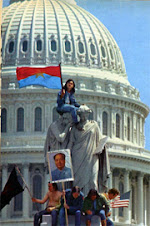


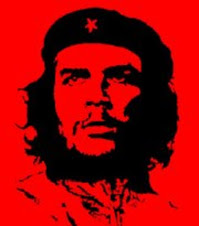






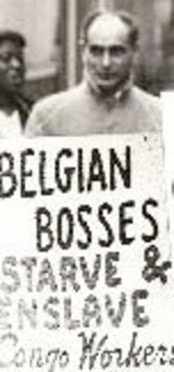

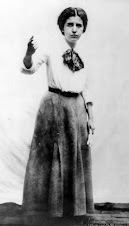
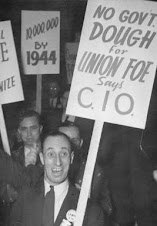
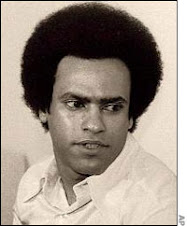



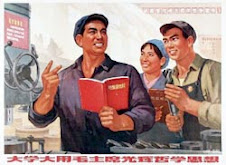
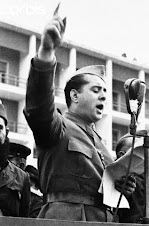


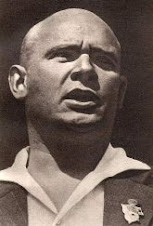
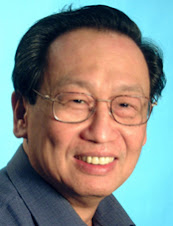



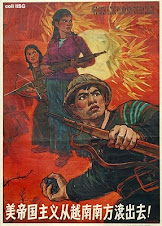
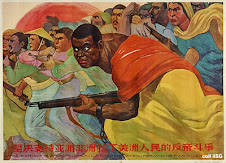






No comments:
Post a Comment